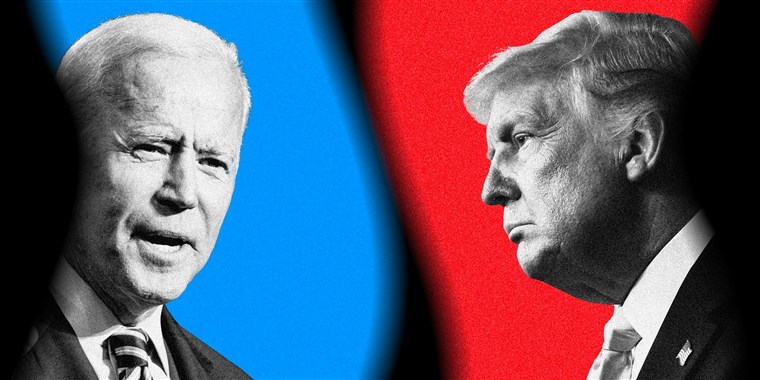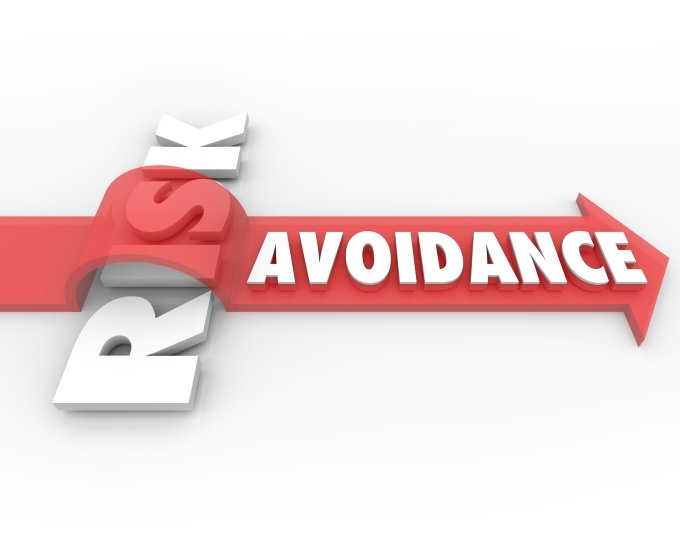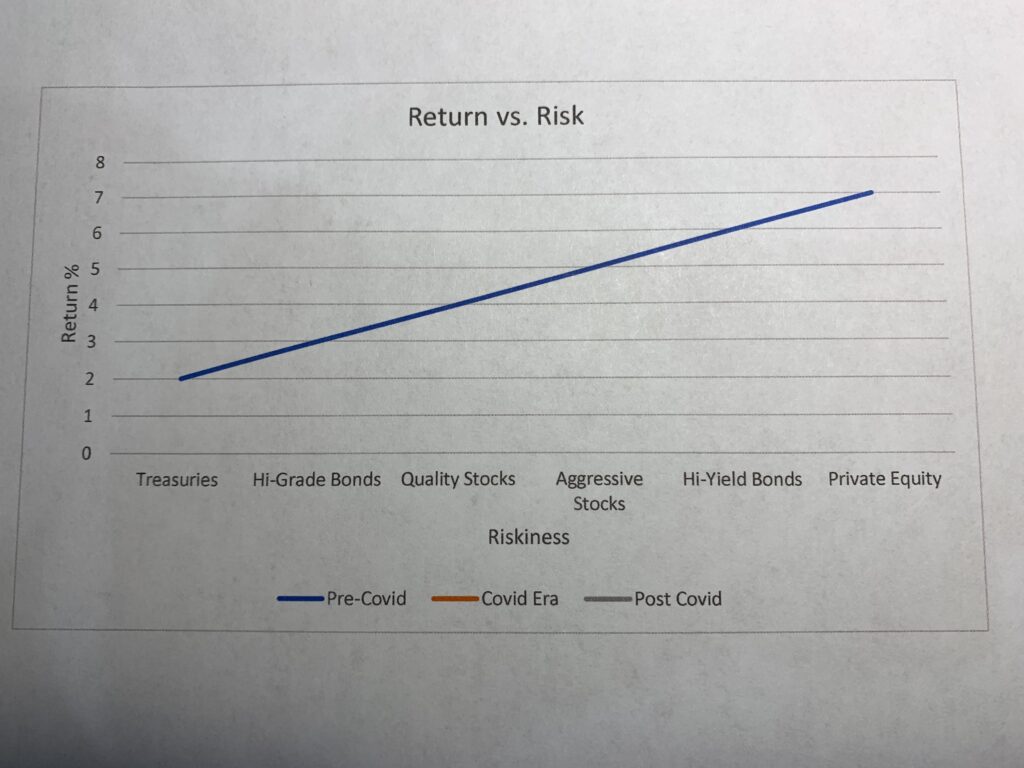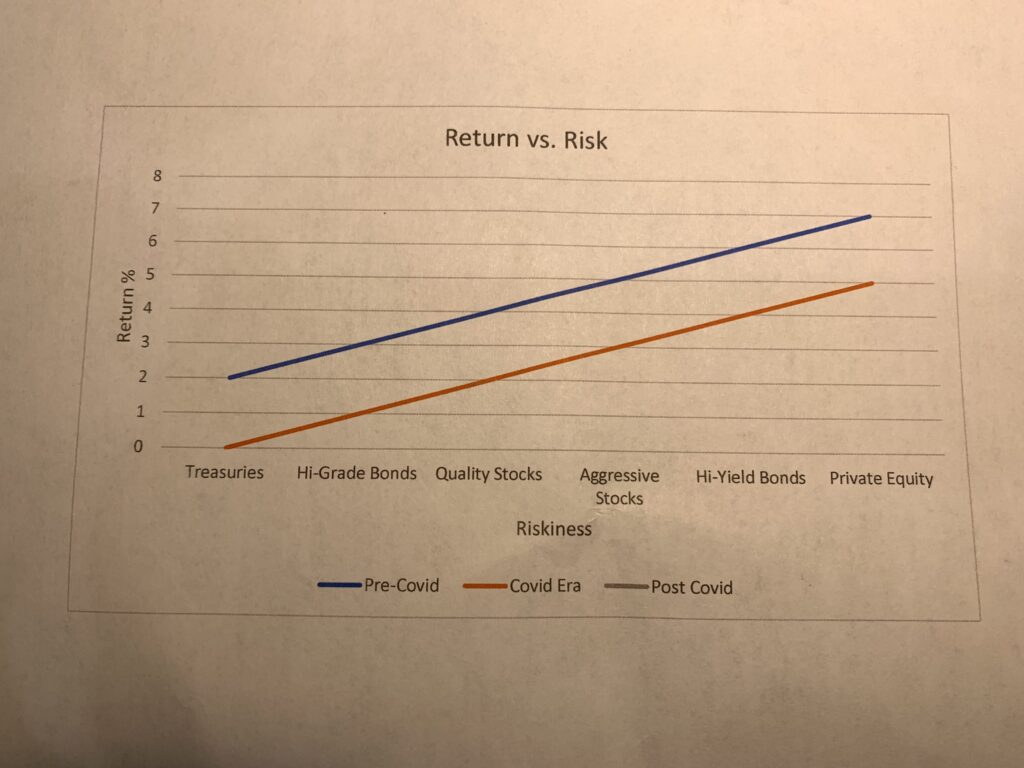Next Tuesday, November 3, is Election Day, in case you have been in a media-free zone with the exception of my blog. President Trump says the stock market has been great during his term and it would be a disaster for the stock market if Biden is elected. Many Trump supporters buy that argument. The narrative is that the Republicans are the pro-business party and therefore stocks do better with a Republican President. Do the facts bear this out?

No They Don’t
The data shows that stocks do not necessarily outperform during a Republican administration and do not necessarily underperform when there is a Democratic president. Check out this website: Macrotrends.net Performance By President. This interactive chart shows the performance of the S&P 500 Index during the last 15 presidencies, back to Hoover. It shows that the best two performances occurred under our most recent two Democratic presidents – Obama and Clinton, and the worst two are during Republican administrations – George W Bush and Hoover. Here are the results, ranked, with approximate gains or losses:
- Obama (D) +200%
- Clinton (D) +175%
- FDR (D) +150%
- Eisenhower (R) +130%
- Reagan (R) +125%
- Truman (D) +75%
- Trump (R) +50%
- HW Bush (R) +50%
- Johnson (D) +40%
- Ford (R) +40%
- Carter (D) +30%
- Kennedy (D) +20%
- Nixon (R) -30%
- W. Bush (R) -40%
- Hoover (R) -80%
Generally, the stock market appreciated during each of the last Democratic administrations since Hoover, while the only 3 administrations during which the S&P 500 went down were Republican administrations.
Different
Each Presidential administration is different, with different economic circumstances and different geopolitical issues. Also, of course, you have long administrations – FDR – and short administrations – Ford and JFK – so the time comparisons are different. Lastly, although it encompasses a time period of almost 100 years, it is really a small period of time from which to draw conclusions.
IMO
My point is not to predict that if Biden wins, the stock market will go up, or that it will go down if Trump wins. Rather, my point is that the stock market is apt to go up no matter who is President, and that therefore you should not buy or sell the stock market based on your own political bias. Who resides in the White House is only one factor that affects corporate and stock performance, and one should keep that in perspective as they make buy or sell decisions with their life savings.








